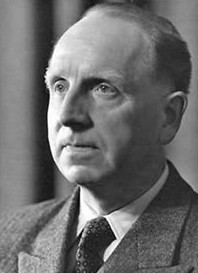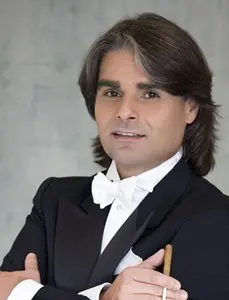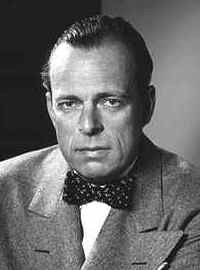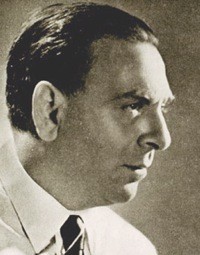
Paul Paray |
Paul Paray

Paul Pare is one of the musicians that France is rightly proud of. His whole life is devoted to serving his native art, serving his homeland, of which the artist is an ardent patriot. The future conductor was born into the family of a provincial amateur musician; his father played the organ and led the choir, in which his son soon began to perform. From the age of nine, the boy studied music in Rouen, and here he began to perform as a pianist, cellist and organist. His versatile talent was strengthened and formed during the years of study at the Paris Conservatory (1904-1911) under such teachers as Ks. Leroux, P. Vidal. In 1911 Pare was awarded the Prix de Rome for the cantata Janica.
During his student years, Pare made a living playing the cello at the Sarah Bernard Theatre. Later, while serving in the military, he first stood at the head of the orchestra – however, it was the brass band of his regiment. Then followed the years of war, captivity, but even then Pare tried to find time to study music and composition.
After the war, Paré did not immediately manage to find a job. Finally, he was invited to conduct a small orchestra that performed in the summer in one of the Pyrenean resorts. This group included forty musicians from the best orchestras in France, who came together to earn extra money. They were delighted with the skill of their unknown leader and persuaded him to try to take the place of a conductor in the Lamoureux orchestra, which was then led by the then elderly and ill C. Chevillard. After some time, Pare got the opportunity to make his debut with this orchestra in the Gaveau Hall and, after a successful debut, became the second conductor. He quickly gained fame and after the death of Chevillard for six years (1923-1928) led the team. Then Pare worked as chief conductor in Monte Carlo, and from 1931 he also headed one of the best ensembles in France – the Columns orchestra.
By the end of the forties Pare had a reputation as one of the best conductors in France. But when the Nazis occupied Paris, he resigned his position in protest against the renaming of the orchestra (Colonne was a Jew) and left for Marseille. However, he soon left here, not wishing to obey the orders of the invaders. Until the release, Pare was a member of the Resistance movement, organized patriotic concerts of French music, at which the Marseillaise sounded. In 1944, Paul Pare again became the head of the revived Columns orchestra, which he led for another eleven years. Since 1952 he has led the Detroit Symphony Orchestra in the United States.
In recent years, Pare, living overseas, does not break close ties with French music, often steps in Paris. For services to domestic art, he was elected a member of the Institute of France.
Pare was particularly famous for his performances of French music. The conductor’s style of the artist is distinguished by simplicity and majesty. “Like a real big actor, he discards small effects to make the work monumental and slender. He reads the score of familiar masterpieces with all the simplicity, directness and all the refinement of a master,” wrote the American critic W. Thomson about Paul Pare. Soviet listeners got acquainted with Pare’s art in 1968, when he held one of the concerts of the Paris Orchestra in Moscow.
L. Grigoriev, J. Platek, 1969





